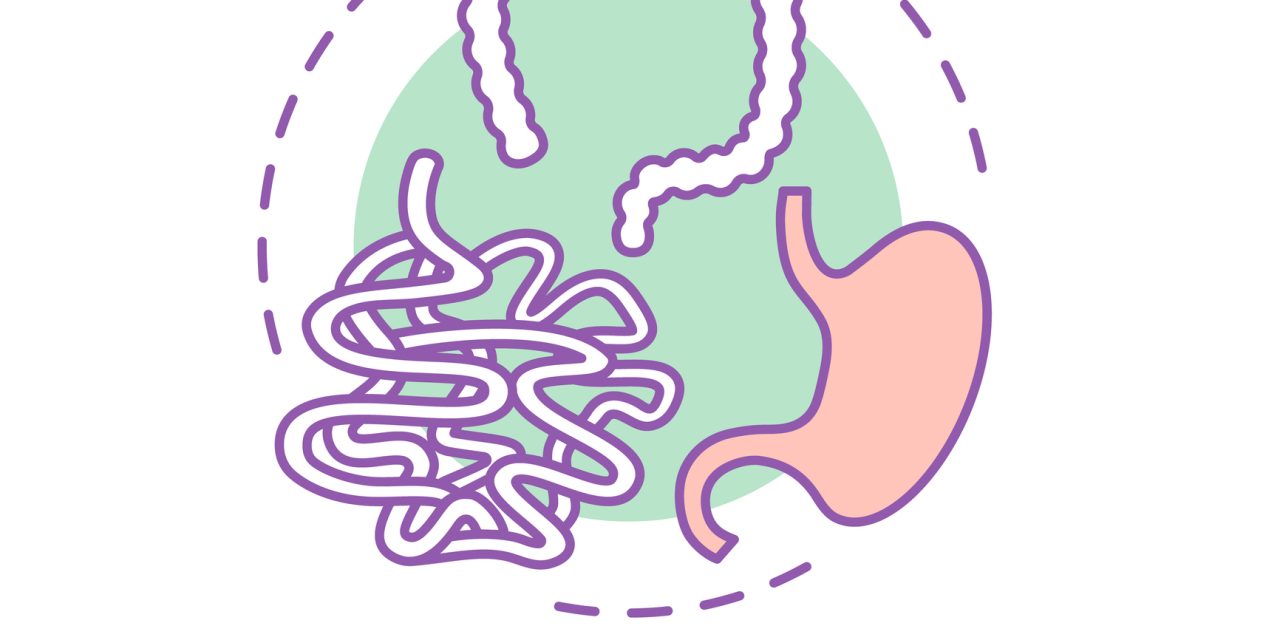Disturbances of the enterohepatic circulation of bile acids (BAs) are seen in a number of clinically important conditions, including metabolic disorders, hepatic impairment, diarrhea and gallstone disease. To facilitate the exploration of underlying pathogenic mechanisms, we developed a mathematical model built upon quantitative physiological observations across different organs.
The model consists of a set of kinetic equations describing the syntheses of cholic, chenodeoxycholic and deoxycholic acids, as well as time-related changes of their respective free and conjugated forms in the systemic circulation, the hepato-portal region and the gastrointestinal tract. The core structure of the model was adapted from previous modeling research and updated based on recent mechanistic insights, including farnesoid X receptor (FXR)-mediated autoregulation of BA synthesis and selective transport mechanisms. The model was calibrated against existing data on BA distribution and feedback regulation.
According to model-based predictions, changes in intestinal motility, BA absorption and biotransformation rates differently affected BA composition and distribution: (1) inhibition of transintestinal BA flux (e.g., in patients with BA malabsorption) or acceleration of intestinal motility, followed by FXR downregulation, was associated with colonic BA accumulation; (2) in contrast, modulation of the colonic absorption process was predicted to not affect the BA pool significantly; (3) activation of ileal deconjugation (e.g., in patents with small intestinal bacterial overgrowth) was associated with an increase in the BA pool, due to higher ileal permeability of unconjugated BA species.
This model will be useful in further studying how BA enterohepatic circulation modulation may be exploited for therapeutic benefits.
Copyright © 2020 The Authors. Published by Elsevier Inc. All rights reserved.
A physiology-based model of bile acid distribution and metabolism under healthy and pathological conditions in humans.


